Pentax K200D digital SLR Review
Pentax K200D digital SLR
The Pentax K200D has 10 megapixels and is built to survive the worst weather
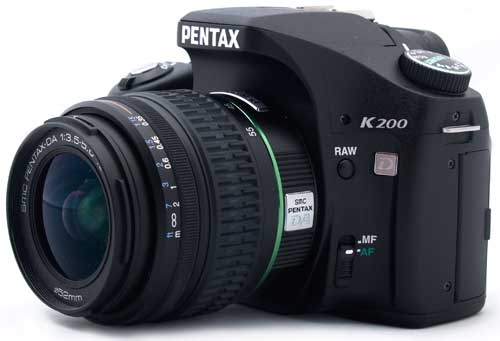
Verdict
Key Specifications
- Review Price: £449.99
The latest entry level model from Pentax is the K200D, replacing last years K100D Super. Rather than being a complete new camera the K200D is more an upgrade, but is not without some interesting and very useful features. Not least amongst these is the weatherproof body with image stabilisation built-in. Featuring some of the technology from the recent K20D, Pentax has brought its entry-level range bang up to date to compete with some of its more popular rivals.
The major upgrade to the camera is of course its 10.2MP CCD backed up with the PRIME image processor, as seen on the semi-pro K20D. This promises improved processing and low noise, but the K200D offers a rather disappointing burst speed of 2.8 fps over just 4 JPEGs or Raw files. In low continuous shooting mode the camera maintains 1.1 fps until the SD card is full, which is slow in comparison to even older models.
Pentax is offering something genuinely new to the entry level market in the cameras build. With over 60 seals to prevent dust and moisture entering the camera, it could be the perfect lightweight model for more hostile environments such as the beach or ski slope. Combined with the easy-to-buy AA batteries for power, the K200D may well be worth considering if you travel a lot, or are planning a backpacking trip, as the need to carry chargers and find power points is eliminated.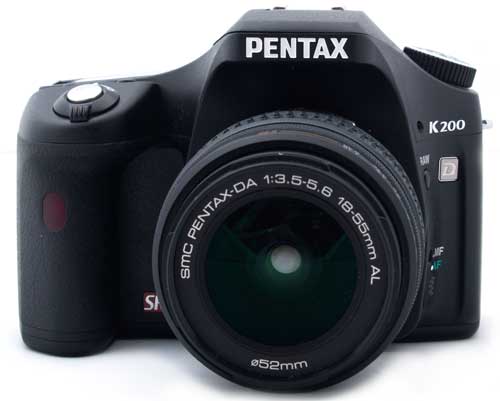
The new model has a larger LCD than previous models, now up to 2.7 inch LCD, keeping it in line with its competitors, though not the largest, while the new Dynamic Range Enlargement feature is also something we’ve seen in Nikon and Sony models for example.
Another addition that brings the K200D up to speed with its rivals is the Dust Detect feature that allows you to check the sensor for dust by taking a picture of a white wall or piece of paper and seeing a high-contrast lithograph-type image on the LCD. The sensor can then be cleaned if necessary.
Some other of the tools of the K20D are included, like the separate Raw button to quickly change file format from JPEG when you want to take higher quality pictures. Amongst the in-camera post capture digital tools are include High Dynamic Range tool (HDR), digital filters and Raw to JPEG conversion. And like the K20D, the K200D gives you the choice of saving files in Pentax’s native PEF Raw file or the universal-wannabe DNG format. Amongst the more consumer friendly tools is a slimming filter designed to stretch the image a little and make the more padded amongst us appear less so.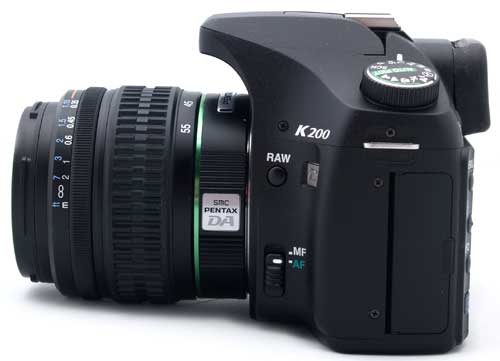
When it comes to exposure control the camera features the usual range of scene modes such as portrait, landscape and sport along with eight others, such as moving kids, food and pet modes to name just three. If that’s too hard to fathom or you just want to take pictures and move on, there’s an ‘auto pict’ mode, which selects the scene mode for you.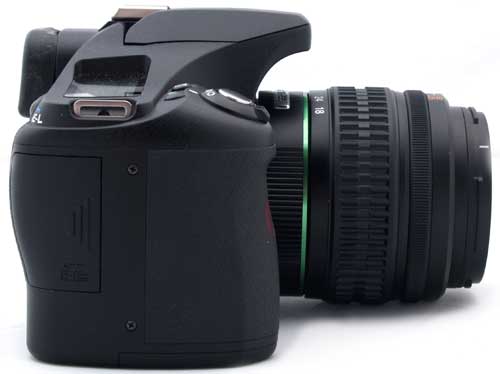
More advanced photographers will appreciate the standard PASM options as well as a Sensitivity priority AE mode (Sv) which adjusts the ISO speed to the lighting conditions. Incidentally Pentax has changed the ISO settings since the K100Ds ISO 200 to 3200. The K200D has dropped this to ISO 100 to 1600. In other areas the camera conforms to the expected standards of an entry level DSLR.
Shutter speeds cover 30 to 1/4000th seconds and Bulb for long exposures, while metering options include the standard evaluative, centre-weighted and spot metering. The 11 point AF is the same as on previous models, with the AF points set automatically by the camera or individually selected by the user. The metering can also be tied to the selected AF point for greater accuracy with certain subjects. This is useful for backlit portraits for example. Exposure compensation and auto bracketing are possible over +/- 2EV, which is also complemented with flash exposure compensation over the same range.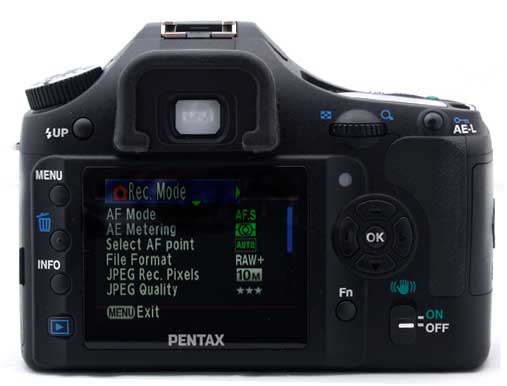
Like other cameras at this level, there’s a built-in flash with a Guide Number of 13m at ISO 100, while a hot-shoe accepts Pentax dedicated flash units with wireless flash operation using the pop up flash as either master or controller. Standard flash modes covering red-eye reduction, auto flash and so on are available.
There’s a number of preset colour/custom image functions, such as portrait, landscape and so on. Each can be customised via hue, saturation, contrast and sharpness sliders. A colour wheel (as on the K20D) displays as this is done.
The plastic finish is less than impressive and prone to scratching, especially around the right rim of the lens mount where fingernails can scrape along the body. Otherwise, the camera is well thought out with sensibly spaced buttons making it simple to change settings, and most needed controls situated either on the main mode dial, or via the function button. The handily positioned exposure compensation button also accesses the aperture control in manual mode, in conjunction with a rear command dial. but few of the core audience for this camera would probably use manual mode.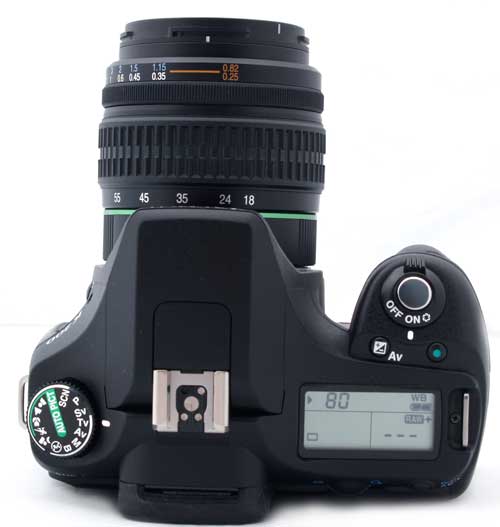
Pentax has continued with it’s menu improvements, with a similar though stripped down interface to that of the K20D, and as I mentioned, the naming of some menu items is much improved.
The autofocus is generally only let down by the standard kit lens. Investment in better lenses will improve the speed and sound of the AF which is noisy using the kit lens,
Image stabilisation performance varies, which is also dependent on the photographer, but I managed to shoot at slightly slower shutter speeds than I could without. There were several disappointing shots nevertheless, which other cameras could manage better.
The K200D produces nice punchy images with good exposure and pleasing results. I‘d say the K200D achieves brighter images than those of the K20D, struggling only with pictures with lots of sky, or tricky subjects, such as dominant highlights or shadows. This is where experience comes in and correction using spot metering or exposure compensation solved any problems. In particular, I found the ‘Bright’ setting in the Image menu to produce the best results.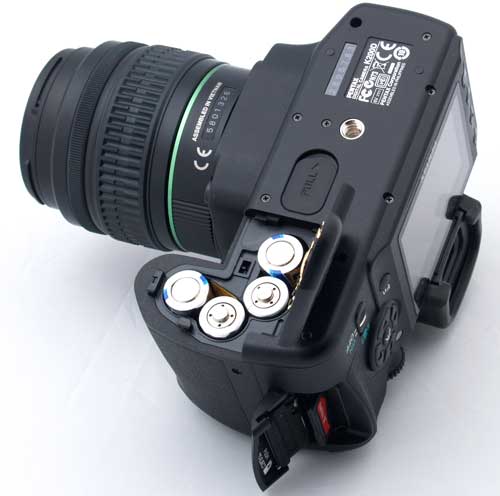
Daylight and shade are well maintained by the auto white balance, with few tweaks needed to correct, and JPEGs always looking pleasant. Other lighting conditions are handled well, but sometimes need a little work to get the best out of them.
Noise control is impressive. Shooting up to ISO 1600 there’s little loss of quality and the K200D exceeded my expectations especially considering the high pixel count of the CCD.
However at 10MP we expect decent sharpness and plenty of detail capture. Images seldom look too digital, and plenty of smooth detail is captured, as opposed to unnatural looking digitally enhanced sharpness.
”’Verdict”’
The handling of the K200D is very simple yet it maintains a reassuring, more professional build quality. Images are sure to please even the most critical photographer, with few serious problems bar slight underexposure on rare occaisions. There are plenty of features to keep beginners and advanced users happy, with the only major disappointment coming from the drive speed.
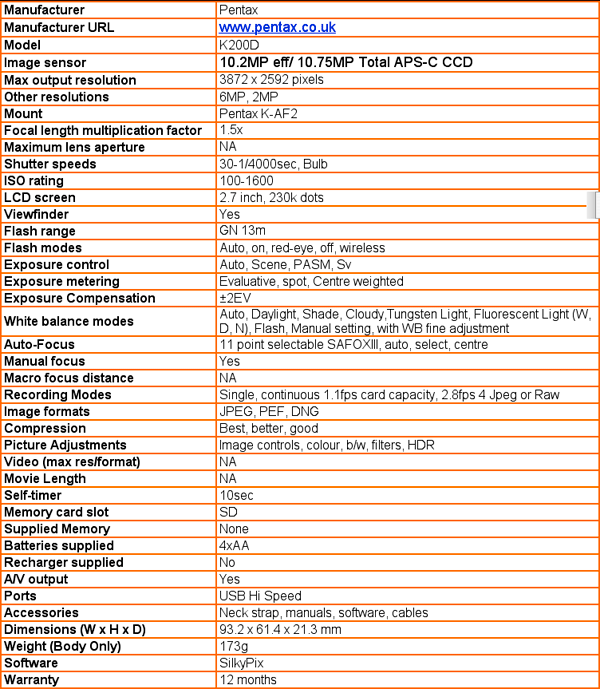
”A range of test shots are shown over the next few pages. Here, the full size images at the minimum and maximum ISO settings have been reduced for bandwidth purposes to let you see the full image, and a series of crops taken from original full resolution images at a range of ISO settings have been included in order for you to gain an appreciation of the overall quality.”
—-

This is the full frame at 100 ISO.
—-

Despite the severe camera shake in this shot, the image quality is good and noise-free.
—-

Image quality is still very good at 200 ISO.
—-

Still no major problems at 400 ISO.
—-

Starting to show slight colour noise at 800 ISO.
—-

Noise is plainly visible at 1600 ISO, but overall quality remains high.
—-
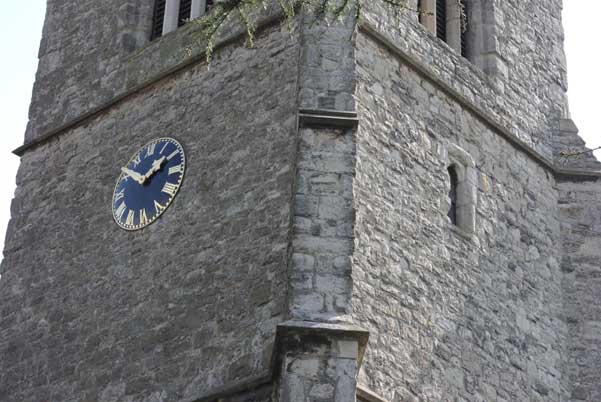
This is the full frame at 1600 ISO.
—-
”A range of general test shots are shown over the next two pages. In some cases, the full size image has been reduced for bandwidth purposes, and a crop taken from the original full resolution image has been placed below it to show the overall image quality. Some other pictures may be clicked to view the original full-size image.”
—-
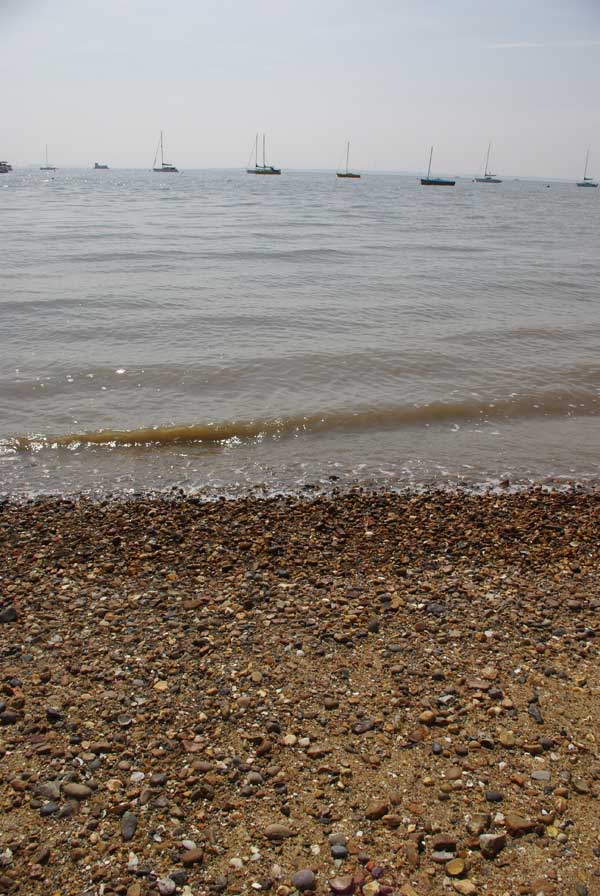
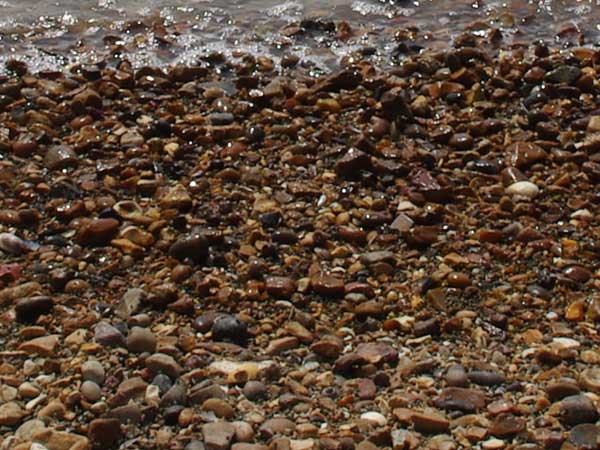
Detail is sharp but smooth, with little in the way of JPEG artefacts.
—-

Plenty of detail can be maintained by the 10MP CCD.
—-
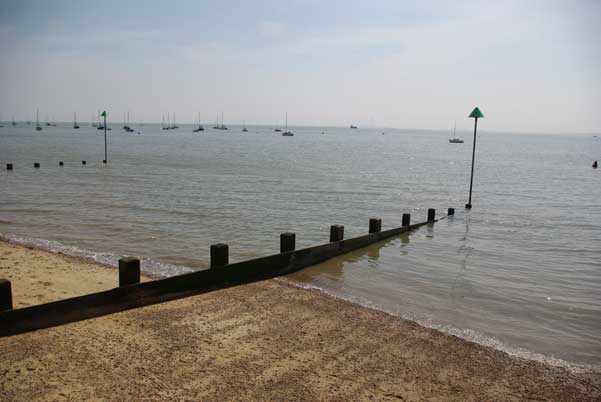
Colour and white balance is accurate and punchy with good saturation.
—-
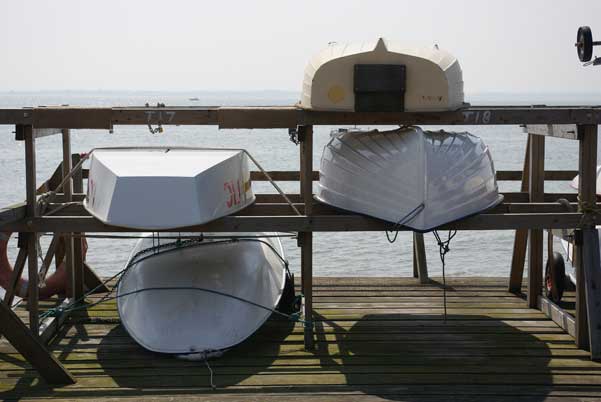
Exposure is generally very good, though bright highlights or particularly dark areas can fool the meter.
—-
”A range of general test shots are shown over the next two pages. In some cases, the full size image has been reduced for bandwidth purposes, and a crop taken from the original full resolution image has been placed below it to show the overall image quality. Some other pictures may be clicked to view the original full-size image.”
—-

Skin tones are rendered very naturally, producing excellent results in the studio.
—-

Exposure metering is very accurate.
—-
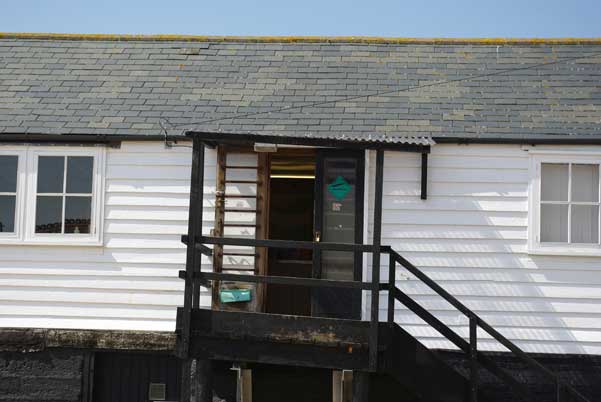
The metering copes well with these bright highlights.
—-
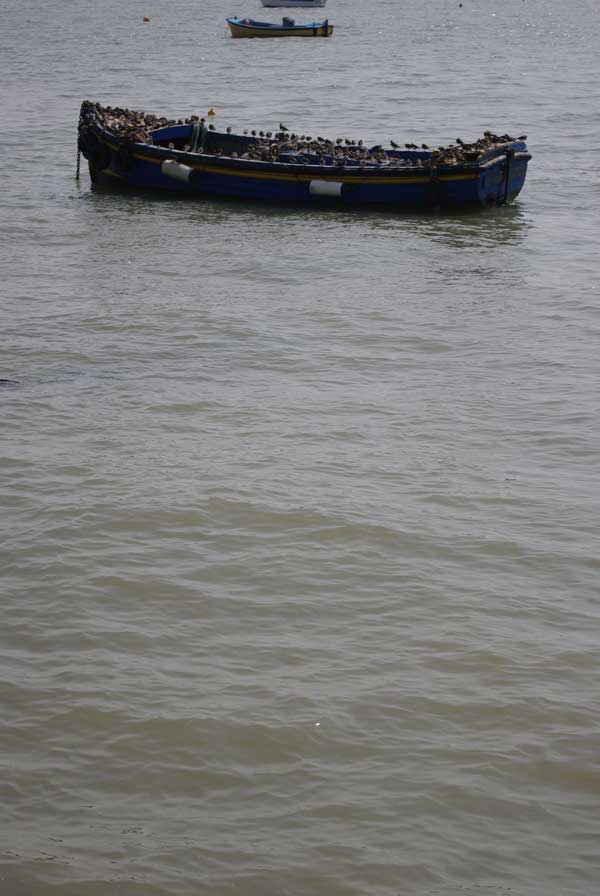
Shooting at 1/45sec I was able to get sharp results, but I wouldn’t recommend going lower.
—-
Trusted Score
Score in detail
-
Value 8
-
Image Quality 8
Features
| Camera type | Digital SLR |
| Megapixels (Megapixel) | 10.2 Megapixel |
| Optical Zoom (Times) | 3.1x |
| Image Sensor | CCD |
| Image Stabilisation | Optical |
| LCD Monitor | 2.5 in |
| Flash modes | Auto Flash, Flash ON, Flash OFF, Red-eye Reduction |
| Memory card slot | Secure Digital (SD) Card, Secure Digital High Capacity (SDHC) Card |

